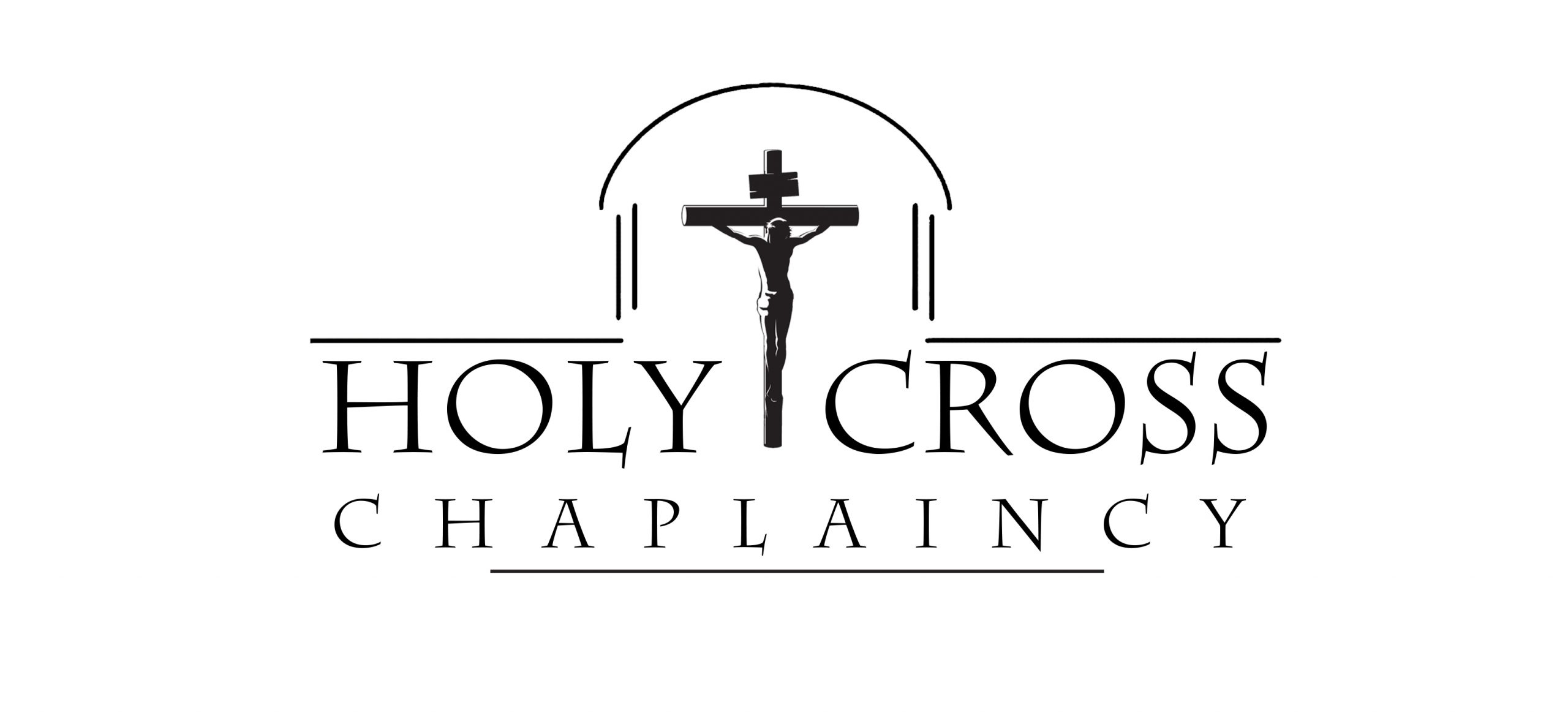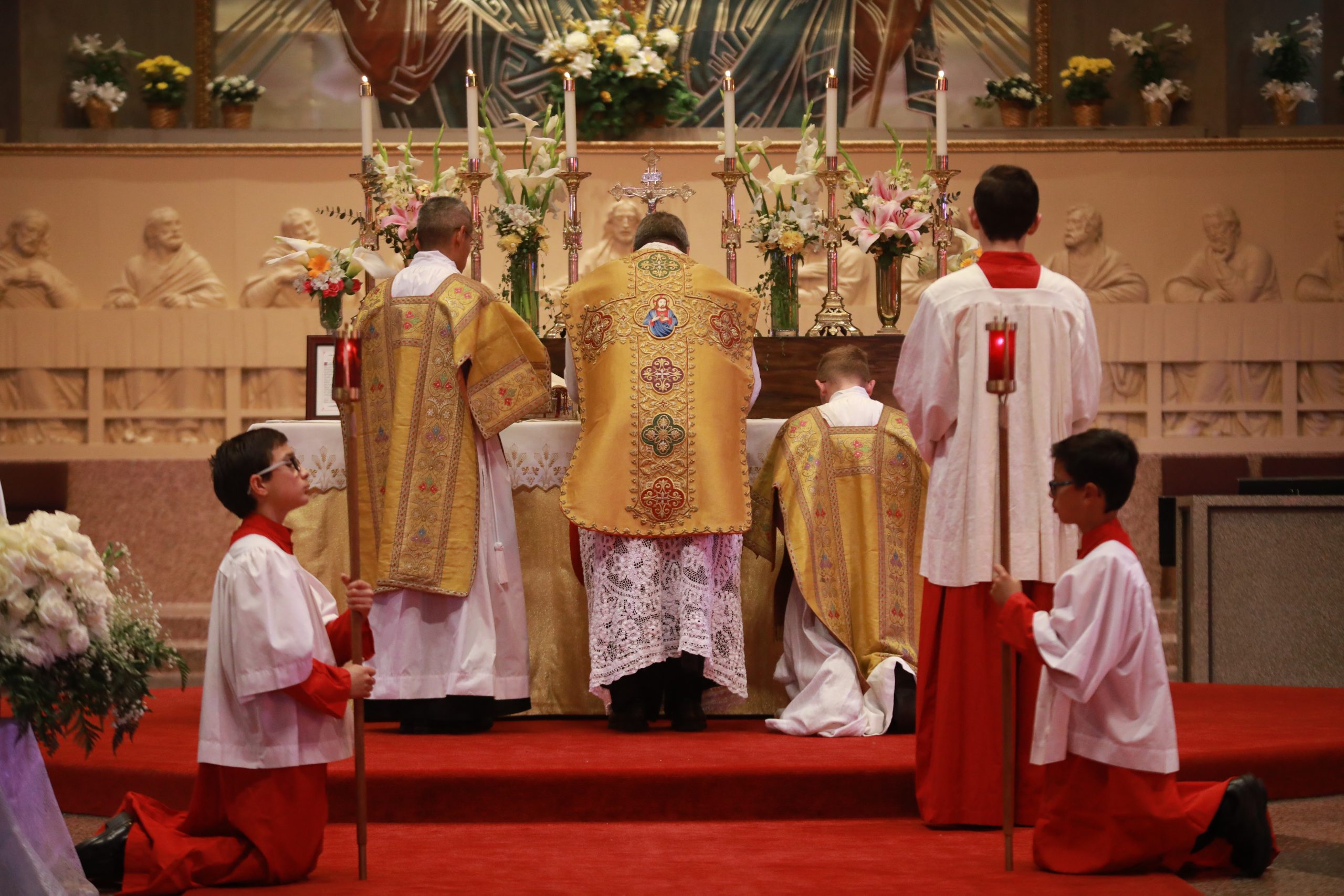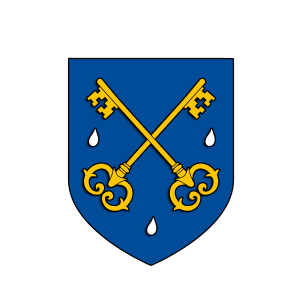What are Ember Days? Ember Days are three days (Wednesday, Friday and Saturday) set apart in each of the four seasons for fasting, abstinence and prayer. Tied to the seasonal cycles of farming and harvesting, the purpose of Ember Days is to render thanks to God for the gifts of Creation and to ask His help in using them well.
What is the origin of Ember Days? Pin-pointing the exact date may be challenging, but what is certain is that they originate in Rome within the first centuries of the Church. Pope St. Leo the Great (mid 5th century) has left a series of beautiful sermons for these days and thought they had been instituted by the Apostles themselves. The Liber pontificalis dates their institution to Pope St. Calixtus (218-225), though they were more probably instituted by Pope Siricius (384-399).
In her early days, the Church in Rome was confronted with a number of pagan religious nature festivals. Outstanding among them was the threefold seasonal observance of prayer and sacrifices to  obtain the favor of the gods upon sowing and harvest. The first of these seasonal celebrations occurred at various dates between the middle of November and the winter solstice. It was a time of prayer for successful sowing (Feriae sementivae: Feast of Sowing). The second festival was held in June for the grain harvest (Feriae messis: Harvest Feast). The third one came before the autumnal equinox (September) and was motivated by the grapes harvest (Feriae vindimiales: Feast of Wine).
obtain the favor of the gods upon sowing and harvest. The first of these seasonal celebrations occurred at various dates between the middle of November and the winter solstice. It was a time of prayer for successful sowing (Feriae sementivae: Feast of Sowing). The second festival was held in June for the grain harvest (Feriae messis: Harvest Feast). The third one came before the autumnal equinox (September) and was motivated by the grapes harvest (Feriae vindimiales: Feast of Wine).
As the empire became officially Christian, the Church tried to sanctify these seasonal festivals. The first regulations mention only “Three Seasons”. Eventually, the Church added a fourth prayer period (in March). This change seems to have been motivated by the fact that the year contains four natural seasons, and also by the mention of four fasting periods in the Book of Zechariah (8:19). At about the same time, each period was extended over the three traditional Station days (Wednesday, Friday, Saturday). While the Station fast at other times was expected but not strictly prescribed, this seasonal observance imposed fasting by obligation. The Eucharistic Sacrifice was offered after having fasted the whole of Saturday and having performed a long vigil service of prayers and readings, lasting the greater part of the night.
In 494, Pope Gelasius I prescribed that the sacrament of Holy Orders be conferred on Ember Saturdays. Thus the prayer and fasting of Ember week acquired added importance, for apostolic tradition demanded that ordinations be preceded by fast and prayer (Acts 13:3). Not only did the candidates themselves fast and pray for a few days in preparation for Holy Orders, but the whole clergy and people joined them to obtain God’s grace and blessing upon their calling. Thus Embertides became like spiritual exercises for all, similar in thought and purpose to our modern retreats and missions. Ember Days have been used at times as special prayers by the faithful for vocations to the priesthood and for the sanctification of priests.
Why are they called “Ember Days”? The words have nothing to do with embers or ashes. It may be from the Anglo-Saxon ymbren, a circle or revolution; or more likely it may be a corruption of quatuor tempora through Dutch, Danish or German (Quatember).
What are the dates of Ember Days? They have fluctuated throughout history. Francis Mershman in the Catholic Encyclopedia (1908) affirms: “They were definitely arranged and prescribed for the entire Church by Pope Gregory VII (1073-1085) for the Wednesday, Friday, and Saturday after 13 December (S. Lucia), after Ash Wednesday, after Whitsunday, and after 14 September (Exaltation of the Cross).” This was expressed in the old English rhyme:
Fasting days and Emberings be
Lent, Whitsun, Holyrood, and Lucie.
Or even a shorter mnemonic: Lenty, Penty, Crucy, Lucy.
Marked by Fasting and Abstinence. The Ember Days are celebrated with fasting (no food between meals) and half-abstinence, meaning that meat is allowed at one meal per day. (If you observe the traditional Friday abstinence from meat, then you would observe complete abstinence on an Ember Friday.) As always, such fasting and abstinence have a greater purpose. As the Catholic Encyclopedia notes, through these activities and through prayer, the Ember Days are used to “thank God for the gifts of nature,… teach men to make use of them in moderation, and… assist the needy.”
The Character of the Ember Days. Each set of Ember Days has its own character. In December, the Wednesday, Friday, and Saturday after the Feast of Saint Lucy prepare “the people who have walked in great darkness” for the light that will come into the world at Christmas. Falling no earlier than December 14, 16, and 17, and as late as December 20, 22, and 23, they represent one last voice crying out in the wilderness, to make straight the way of the Lord in our hearts before celebrating His first coming and looking toward His second. The readings for the December Ember Wednesday—Isaiah 2:2-5; Isaiah 7:10-15; Luke 1:26-38—prophesize the preaching of the Gospel to the Gentiles and call followers to walk in the light of the Lord, and recount Isaiah’s prophecy of the virgin who shall give birth to God among men, and then show the fulfillment of that prophecy in the Annunciation.


